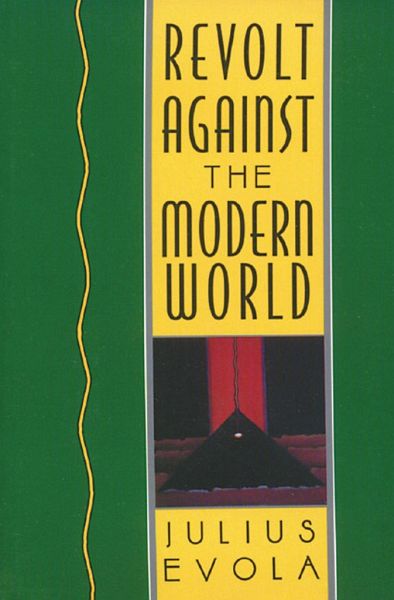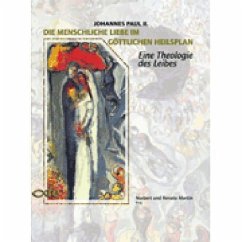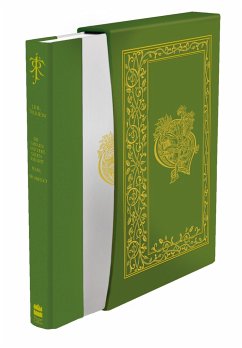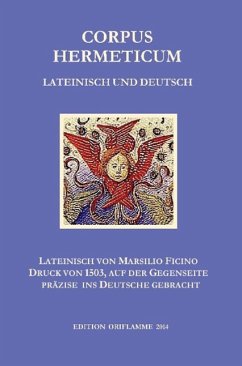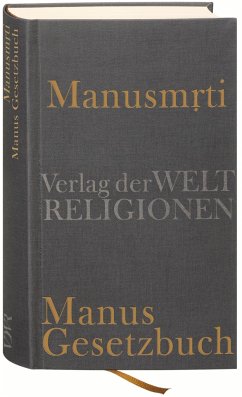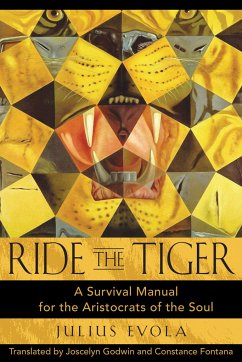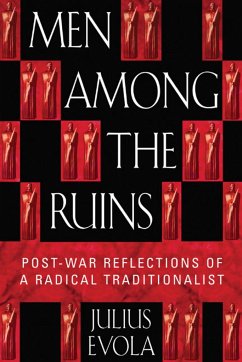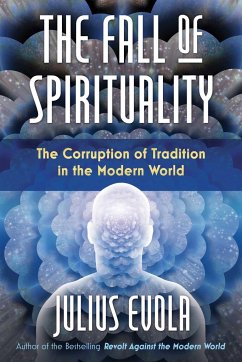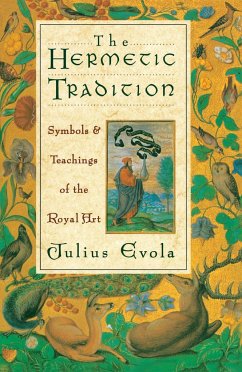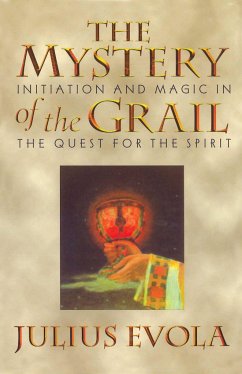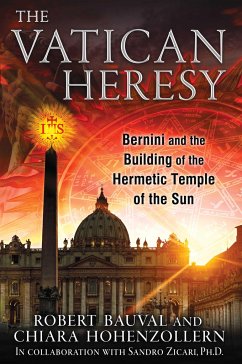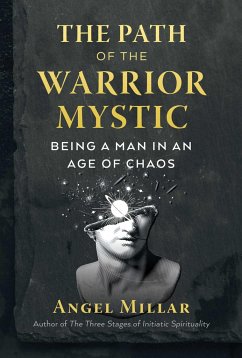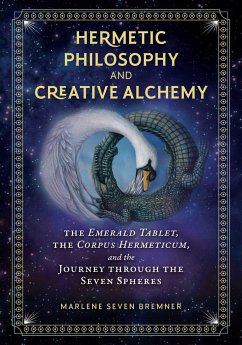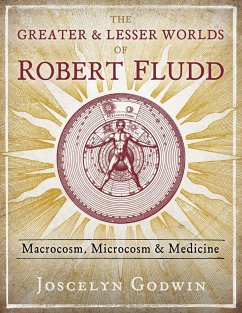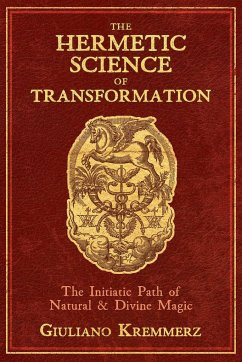Julius Evola
Gebundenes Buch
Revolt Against the Modern World
Politics, Religion, and Social Order in the Kali Yuga
Versandkostenfrei!
Versandfertig in über 4 Wochen
Weitere Ausgaben:

PAYBACK Punkte
11 °P sammeln!




In what many consider to be his masterwork, Evola contrasts the characteristics of the modern world with those of traditional societies, from politics and institutions to views on life and death.
A controversial philosopher and critic of modern Western civilization, Julius Evola (1898-1974) wrote widely on Eastern religions, alchemy, sexuality, politics, and mythology. Inner Traditions has published his Eros and the Mysteries of Love: The Metaphysics of Sex, The Yoga of Power, The Hermetic Tradition, Revolt Against the Modern World, The Mystery of the Grail and Ride The Tiger.
Produktdetails
- Verlag: Inner Traditions Bear and Company
- Seitenzahl: 412
- Erscheinungstermin: 1. Oktober 1995
- Englisch
- Abmessung: 238mm x 164mm x 37mm
- Gewicht: 780g
- ISBN-13: 9780892815067
- ISBN-10: 089281506X
- Artikelnr.: 21718450
Herstellerkennzeichnung
Libri GmbH
Europaallee 1
36244 Bad Hersfeld
gpsr@libri.de
Für dieses Produkt wurde noch keine Bewertung abgegeben. Wir würden uns sehr freuen, wenn du die erste Bewertung schreibst!
Eine Bewertung schreiben
Eine Bewertung schreiben
Andere Kunden interessierten sich für



